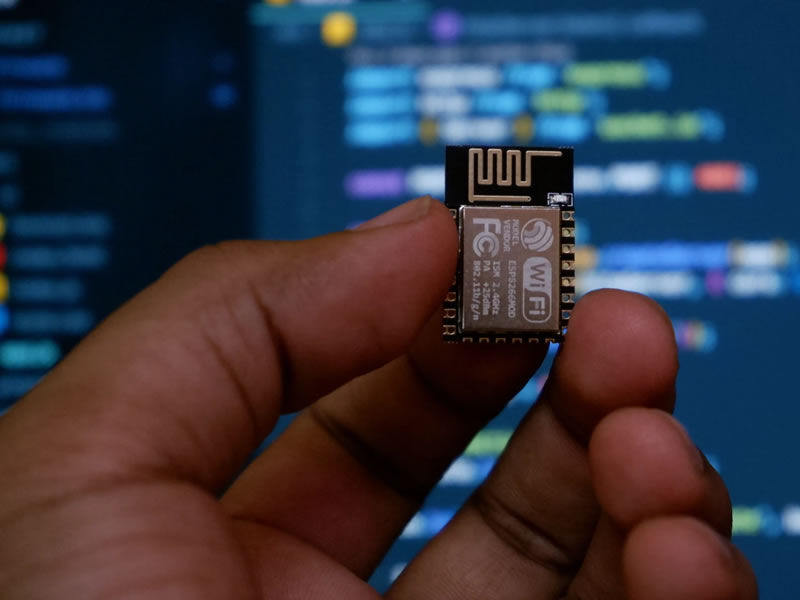
Reduce Complexity
Simplifying the board design and optimizing it is a simple yet effective way to cut down PCB costs. It is recommended to explore different design options to ensure the board is as simple as possible. In addition to optimizing the board's elements, it is crucial to keep it compact while providing sufficient clearance for all elements.
Size It Right
Choosing the right size for your PCB is crucial to reducing its cost. Keep in mind that clearance is not only important in relation to other parts, but also in the assembly process. If your board is too small and intricate, it can cause delays and require more effort from the manufacturer to assemble. To avoid excessive expenses, refrain from designing a PCB that is too small or too tightly packed. While conserving space is desirable, overly tight spacing will require the manufacturer to take multiple runs to assemble each board, which increases costs. If you encounter difficulties in spacing, consider using common shapes, as they are a cost-effective way to reduce PCB expenses. Whenever possible, create a square or rectangular board. Complicated shapes increase costs, particularly if they are highly irregular.
Keep It Consistent
To make printed circuit boards more cost-effective, it can be advantageous to have large orders or to produce multiple boards simultaneously. By maintaining consistency in the overall design and keeping the board shape unchanged, you can reduce costs across your entire order.
Avoid Slots if Possible
To reduce the cost of printed circuit boards, you also need to consider what you can do without. Internal cutouts, unless essential for mounting the PCB, should be avoided as they often incur additional charges. Although some designers may use cutouts to create a unique appearance that appeals to engineers, it is unlikely to have a significant impact on the functionality or brand recognition of the PCB.
Holes and Rings Should Be Sized Right
Designing appropriate sizes for annular rings and holes on your PCB can significantly impact production costs. It is recommended to make the hole diameters as large as possible to avoid the need for precision equipment. Smaller holes and rings require careful controls, leading to higher production costs. Manufacturers typically have size ranges, and costs increase when holes are below 0.4mm. Therefore, it's essential to discuss your manufacturer's requirements and pricing schedule. It's also crucial to keep in mind the minimum annular ring for your through-hole pads and vias, which is the distance between the pad's border and hole's border. This distance needs to be uniform, even if the hole is an irregular shape. Different manufacturers have various requirements and pricing schedules based on your annular rings, so it's essential to consult with them.
Pick the Best Vias
Vias come in three types: through-hole, blind, and buried. Through-hole vias penetrate the entire board, while blind vias connect only the top or bottom layer to a middle layer without traversing the entire board. Through-hole vias are the most cost-effective and should be utilized whenever feasible. The cost of blind and buried vias is higher, and they should only be employed in complex boards with high density and high-frequency requirements. As a result, they are generally unnecessary for most applications.
Don't Skimp When It Counts
Although we've mainly covered ways to save money when creating your PCBs, it's important to note that there are situations where spending more can actually save you money in the long run. While it may be tempting to cut costs by using lower quality materials or substitutes for key components, doing so can lead to frequent board replacements and dissatisfied customers. In some cases, investing in high-quality production may be the most effective way to reduce PCB costs by avoiding the expenses and setbacks associated with subpar production runs.

Customer support